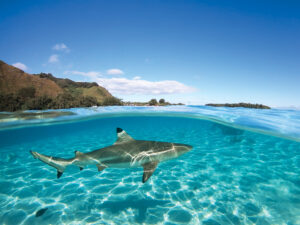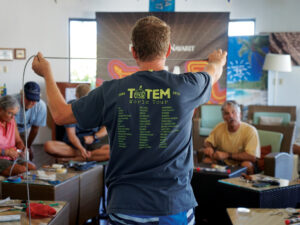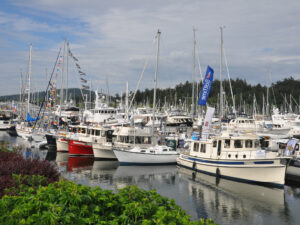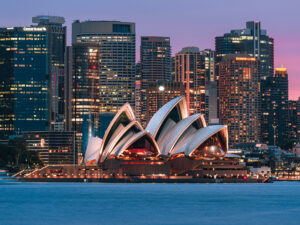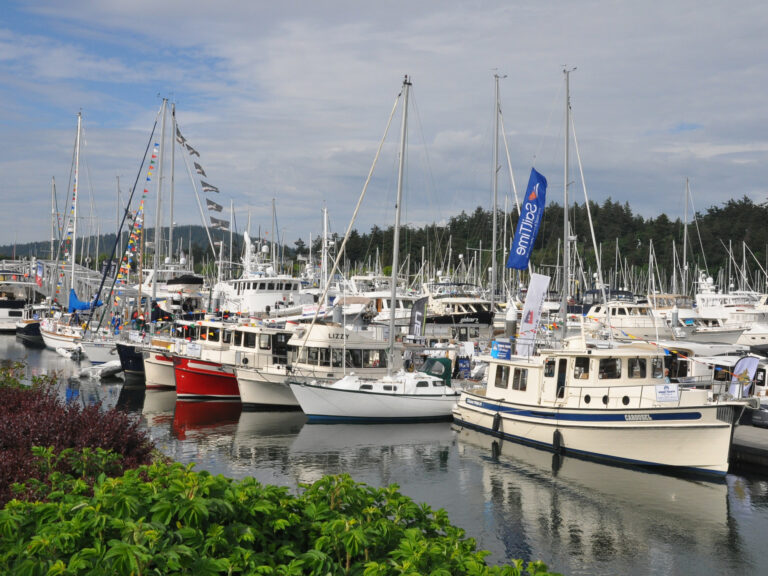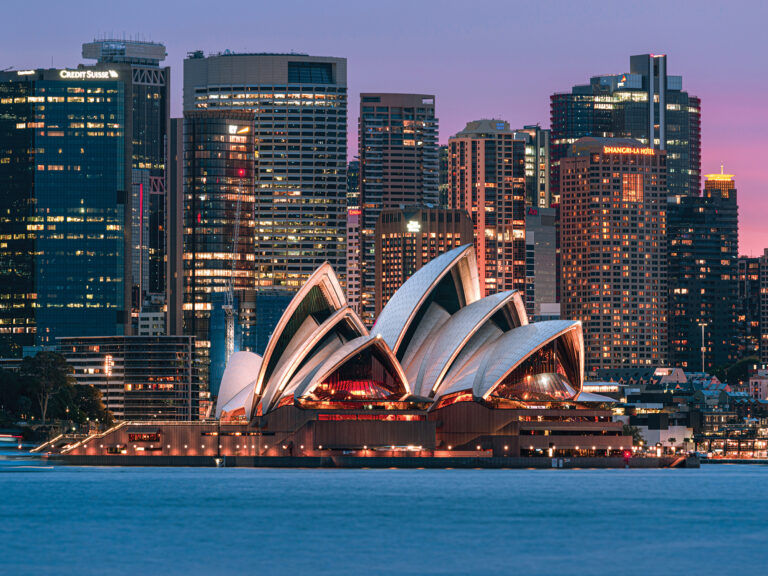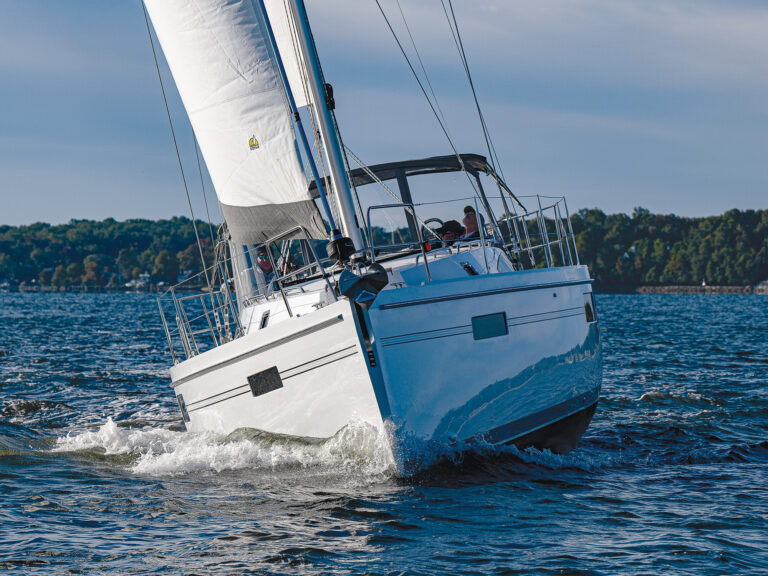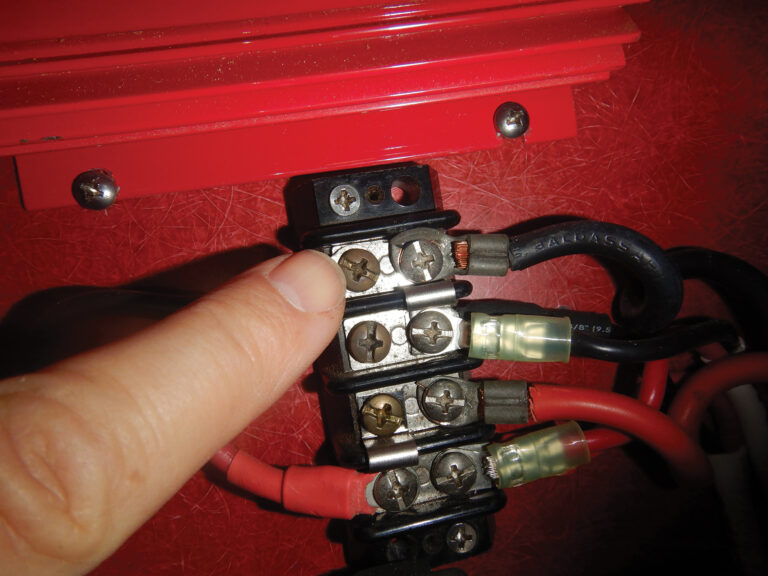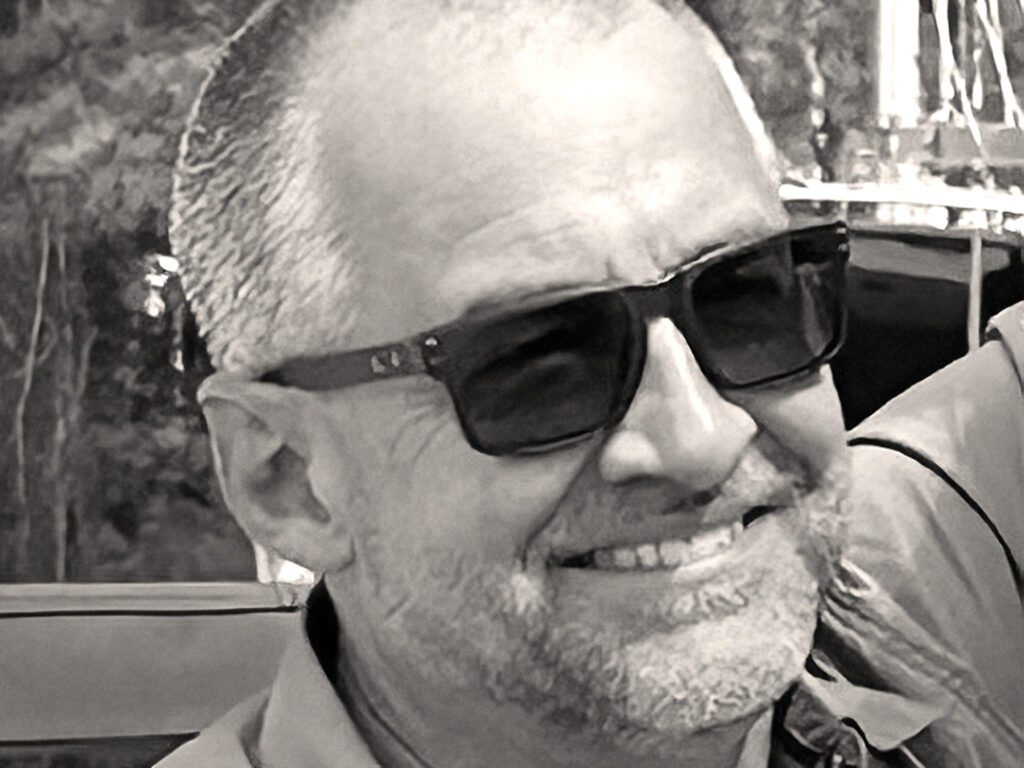
It all happened because of what Steve Brodie describes as “a moment of weakness.”
His background was in commercial construction, mostly building primary schools, university buildings and churches. He had also worked in marine archaeology, diving on historical wrecks from the 16th century, Civil War and World War II. But by 2007, Brodie was once again looking for something new to do. He had young children at home in Washington, North Carolina, and he liked the idea of staying in the marine industry, but he wanted to be with his family at night instead of trotting all around the globe.
Brodie’s path ended up crossing with that of Pacific Seacraft, a boat brand that had got its start in 1975 in Southern California. Back in the day, self-taught designer Henry Mohrschladt had teamed up with builder Mike Howarth to create the company, which focused on smaller offshore sailboats. In the 1980s, noted designer William Crealock had started sketching the Pacific Seacraft models. “He designed everything from the 24 up through the 44,” Brodie says, noting the particular success of the 37. “These are all fiberglass boats. They’re molded hulls, molded decks, partially molded interior components—but a lot of custom woodwork in all of the boat interiors.”
The company did well in California, eventually growing to about 150 employees and building dozens of boats a year, Brodie says. But then, Pacific Seacraft went through a series of ownership changes after Mohrschladt and Howarth left to create what would become sport-fishing boat brand Cabo. By 2006, Pacific Seacraft was in bankruptcy.
In 2007, there was an auction for the assets—all of the molds, tools and the like. Brodie, in that self-described moment of weakness, bought the more than 20 truckloads of items and proceeded to move the company across the country to the East Coast.
“We found a facility here in Washington, North Carolina,” Brodie says. “It’s a giant industrial building that at one time was a yarn-production facility, a textile facility. We’re in 60,000 square feet in the back of that building.”
Today, Pacific Seacraft is a lot smaller than it was in its heyday on the West Coast, but it’s still turning out models that fans of the brand love, and its craftsmen are making occasional yet meaningful improvements to those original designs. The range of new builds runs from 31 to 61 feet at price points from about $600,000 to $3.5 million, Brodie says, and the yard does a lot of refit work.
Earlier this year, there were three new boats and about a dozen refits on the shop floor. Some of the owners doing business with the yard had been coming back to the brand for decades.
“A lot of our customers have stepped up from boat to boat to boat. One of the first boats that we did here in North Carolina was a 34 for two local doctors, and this was their fourth new Pacific Seacraft,” Brodie says. “We’re still offering most of the models that were being built in the later years in California, but we’re really trying to put more of a focus on larger boats.”
The improvements that Brodie and his team have introduced to the classic models came from lessons they learned in refitting the original hulls.
“That’s something that Pacific Seacraft was not doing in California,” he says. “We learned a lot about the things that worked and the things that didn’t work. The boats had always been really well-built, so most of the changes we made were subtle. Some of them, you wouldn’t even notice on the surface.”
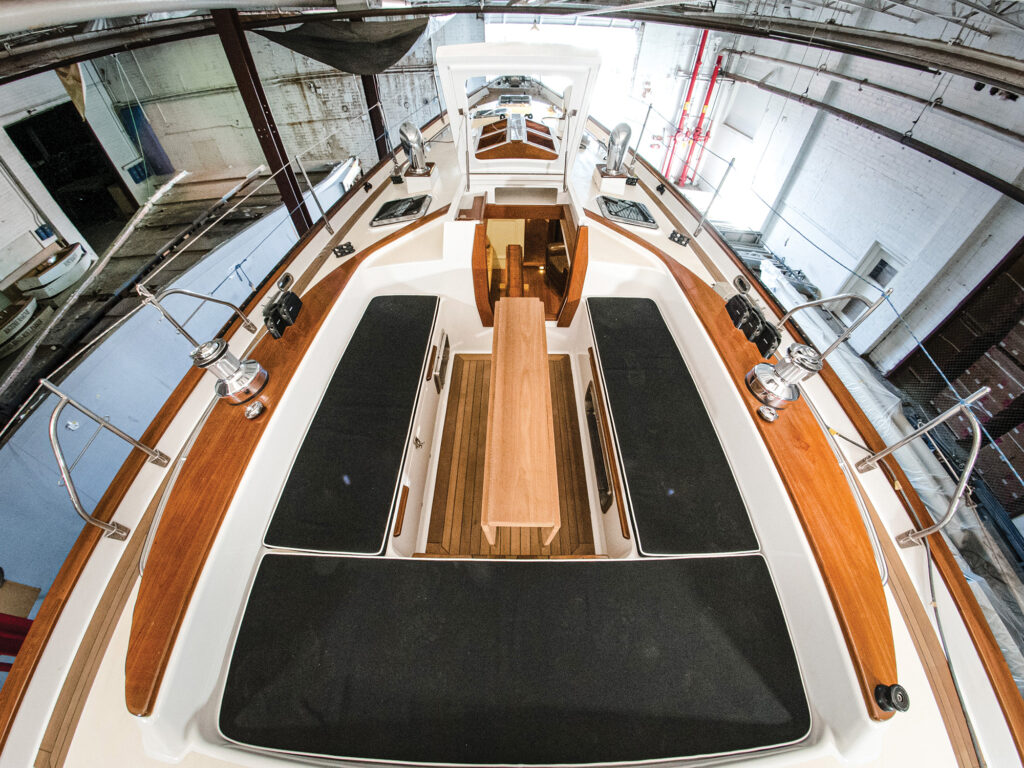
One example is that the yard started building the hulls in 100 percent vinylester resin to protect against osmotic blistering. Earlier versions had a layer of vinylester resin, “but we took it the whole way,” Brodie says.
Another example is modernizing the fit-and-finish on interior woodwork, such as exclusively using hard-panel headliners instead of the soft-vinyl variety. “That was partially aesthetics, and partially to improve access to wiring runs and backing plates for deck hardware,” Brodie says.
Yet another example is switching from 304 stainless to 316 stainless for all exterior and structural metal components. Previously, equipment such as chain plates had been fashioned by punching them out, making the final versions inconsistent. “Now we have a CNC waterjet that cuts out all of those components,” Brodie says.
Higher-end plumbing fixtures, Corian countertops, standardized undermounts—all of it makes the classic Pacific Seacraft 37 about an $800,000 build today, depending on the options an owner selects.
And the brand keeps finding new fans, including on YouTube, where a couple posting as Sailing Project Atticus have been documenting life aboard their 1997 Pacific Seacraft 40. The channel has more than a quarter-million subscribers.
“They’ve brought a lot of attention to the brand,” Brodie says. “They bought a boat that we’d done some work on here.”
Pacific Seacraft’s team has also been doing custom work at bigger lengths overall, and Brodie is developing a pair of catamarans—a 52 and a 38—with Josh Hodgson, owner of Anchor Yachts in Rhode Island. Those multihulls are being sold under the brand name Razor Cats.
“We learned a lot about the things that worked and the things that didn’t work. Most of the changes we made were subtle. Some you wouldn’t even notice.”
“It’s definitely the fastest-growing segment of the sailing market. In fact, it’s probably the only growing segment of the sailing market,” Brodie says of the catamarans.
There’s certainly a good amount of competition in that multihull arena, he adds, but he struggles to name a competitor to the Pacific Seacraft hulls that are still in demand after nearly a half-century on the water. What’s coming out of his yard in North Carolina is a combination of classic design and modern construction with an unusual amount of staying power.
“Most of our direct competitors are gone,” Brodie says. “The one that we competed most directly with, head to head, was Valiant Yachts. Another was Cabo Rico. There’s really nobody else who’s building anything that’s quite like ours. I’m not sure what that says about us.”

